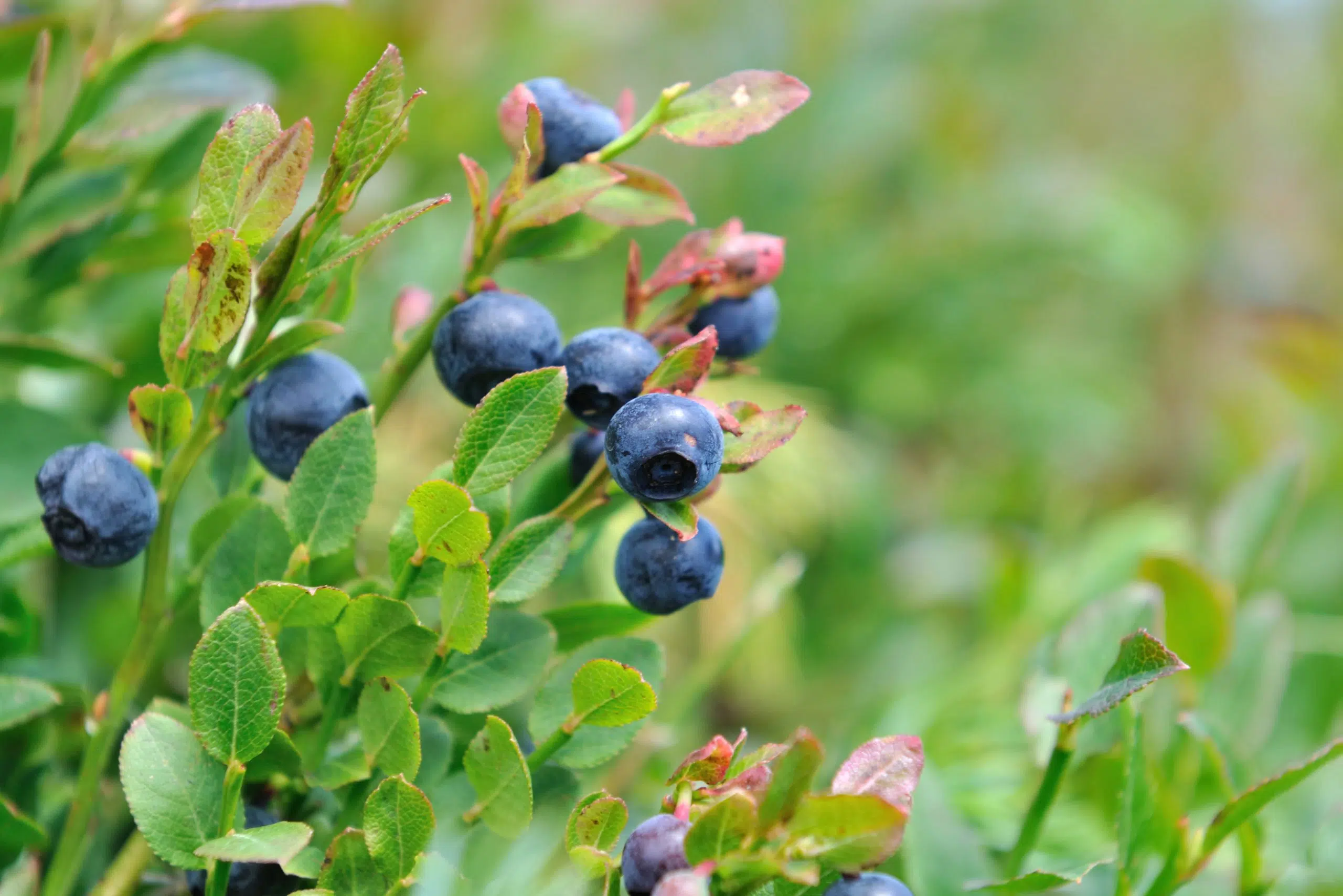
CHARBONNEAU: Blueberries without borders
BLUEBERRIES HAVE ARRIVED from Peru in my local store. Next they’ll be coming from Chile, then Mexico. As spring moves north, they will arrive from Florida. Then in late spring they’ll be ripening in Georgia, after that California and Oregon. Washington will start shipping in early July.
The northward march of the blueberries ends in British Columbia, where the largest crops in Canada are grown and the season is long, says Corey Mintz:
“Because of the warm, sunny weather blueberries need to thrive; many regions have a growing season of only four to six weeks. But the climate of BC allows for a longer season: nearly three months, from early July to late September.” (Walrus magazine October, 2018)
B.C. returns the blueberry favour by sending them south, all over North America. Blueberry production in BC has grown from 4.3 million kilograms in 1980 to 61 million kilograms in 2017.


